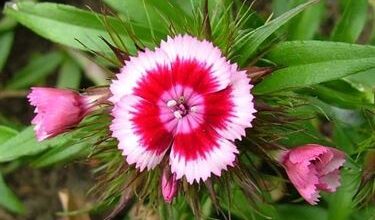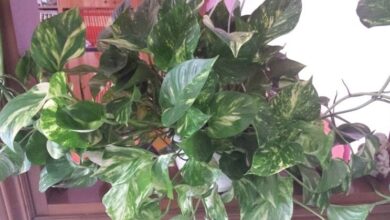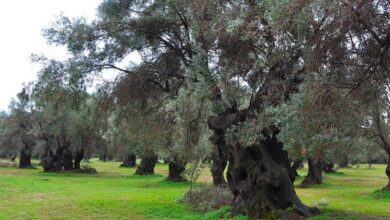Red hedge
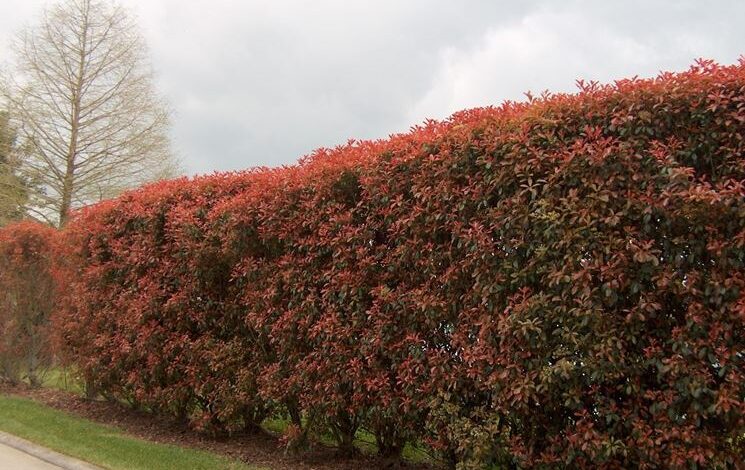
Red Photinia hedge
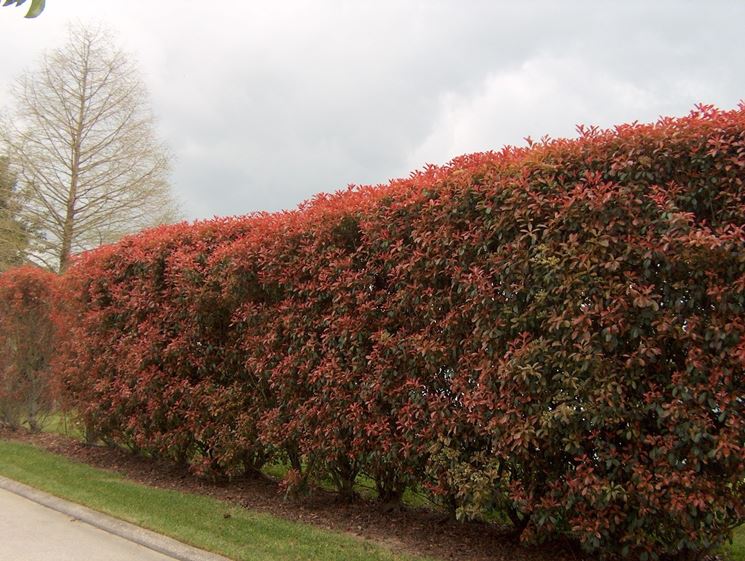
red hedge alternating with the green one» width=»745″ height=»588″ longdesc=»/giardino/siepi/siepe-rossa.asp»>The red hedge beech is another variety of shrub that allows to obtain a very beautiful and evocative red hedge, easy to cultivate. It reaches heights of two or three meters, with a thickness of about one and a half meters. It is not an evergreen, however the beech hedges are never bare because they lose the old leaves when the new ones are already born. For a colorful and modern effect, red beech plants can be alternated with green beech ones, thus creating compact and luxuriant hedges of two colors, to which it will be possible to give different shapes with adequate pruning, which must be done twice l year, the first time in winter and the second in June, after the birth of the new buds. In general, three plants per meter are needed for a good covering effect,
How to create a red hedge
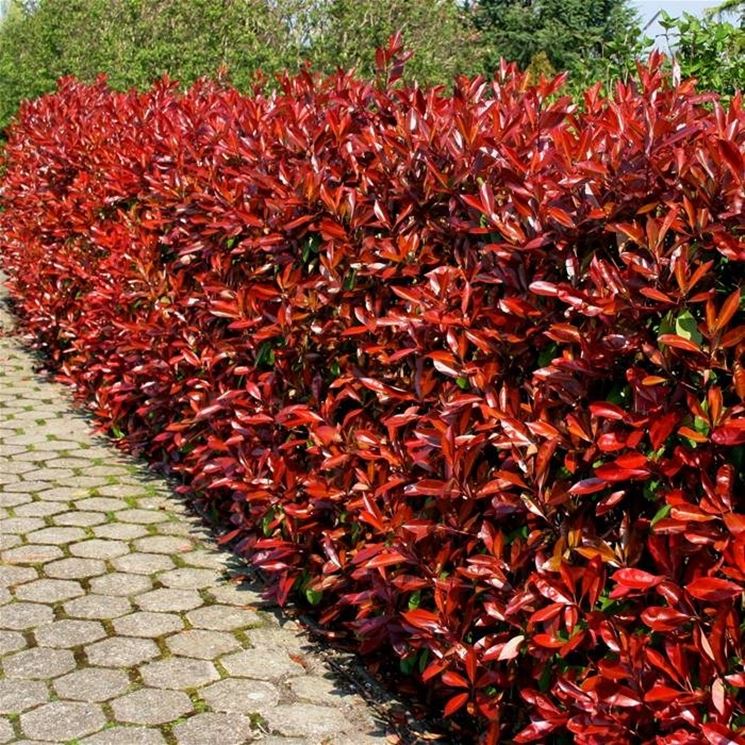
Once you have chosen the types of plants to create the red hedge, they must be placed in the ground at the right distance, which is usually between 30 and 40 cm. The location must be carefully evaluated, bearing in mind that a hedge lasts for years and can reach great heights. The soil must be prepared in advance, moving the earth with a deep spade and adding organic substances that will help the development of the hedge. The best time to plant the red hedge is autumn or early winter and initially the lateral shoots of the seedlings will have to be cut, to allow the stem to strengthen. We will then proceed with an adequate fertilization and periodic maintenance of the cleaning of the soil from weeds.
Pruning the red hedge
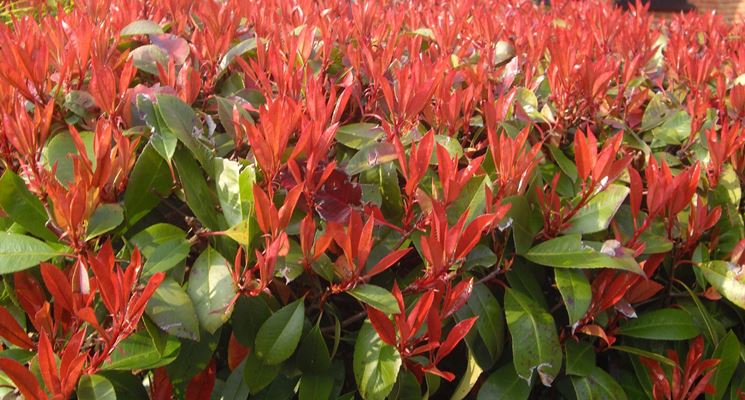
The hedges must be periodically pruned, not only to maintain an orderly appearance of the garden, but also to allow the whole plant to develop well and maintain the desired height over time. In general, pruning is recommended twice a year. It starts from the bottom, to gradually rise towards the top and finally align the top of the hedge, paying close attention to its linearity. Different shapes can be given to the hedges, but generally we tend to leave the base slightly wider than the top, which can be squared or rounded. The pruning of a species such as photinia allows to accentuate the development of young leaves with a particular red color. Photinia must be pruned in late winter and late summer, giving it the desired shape.

